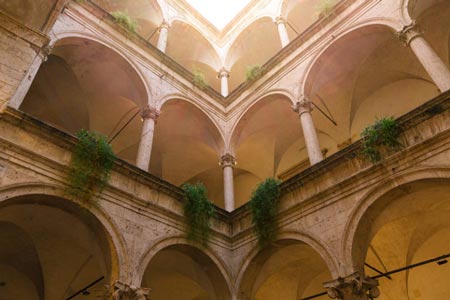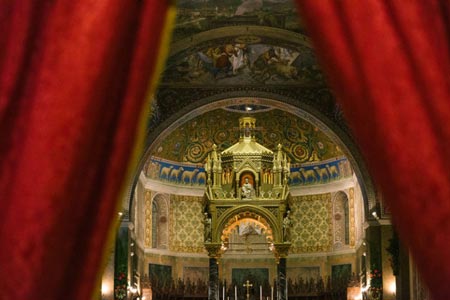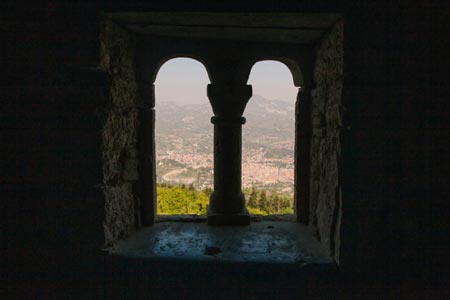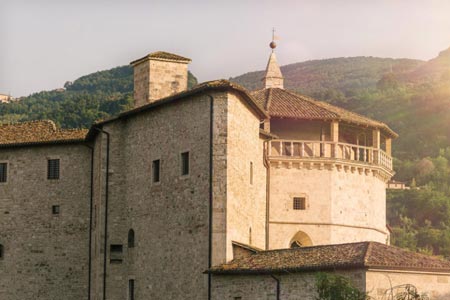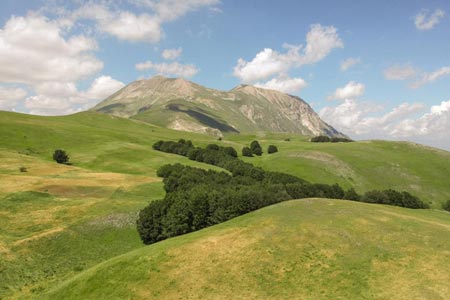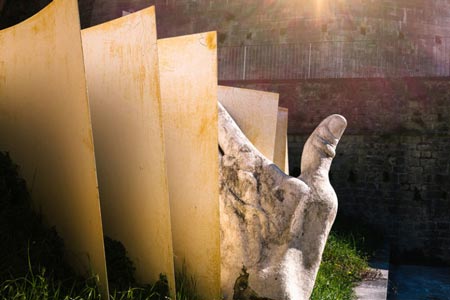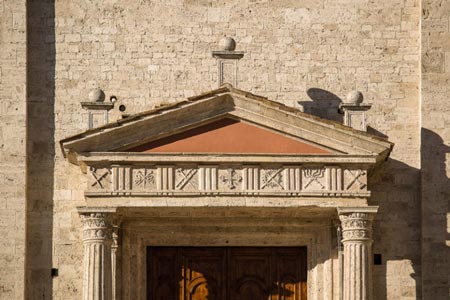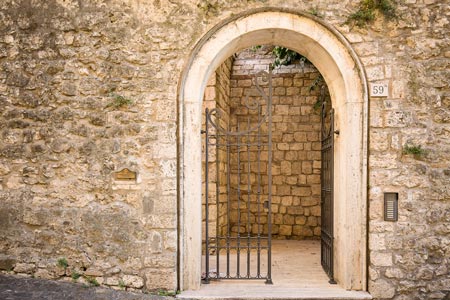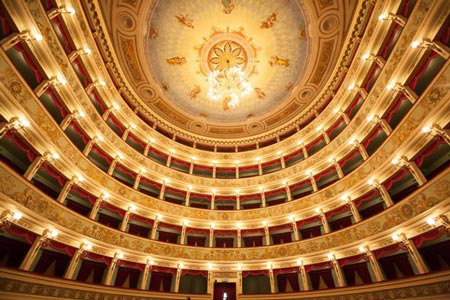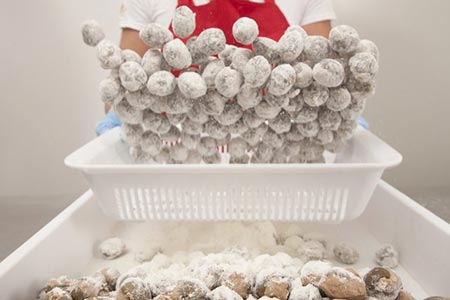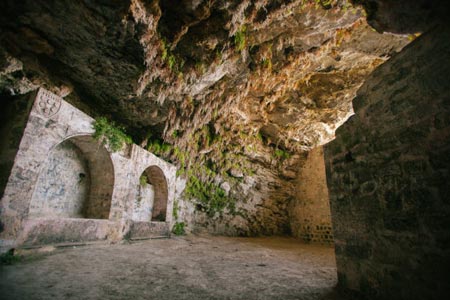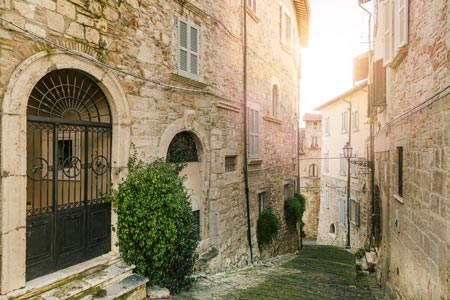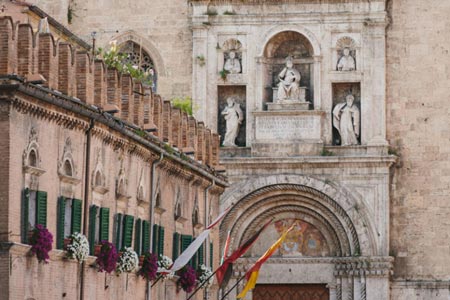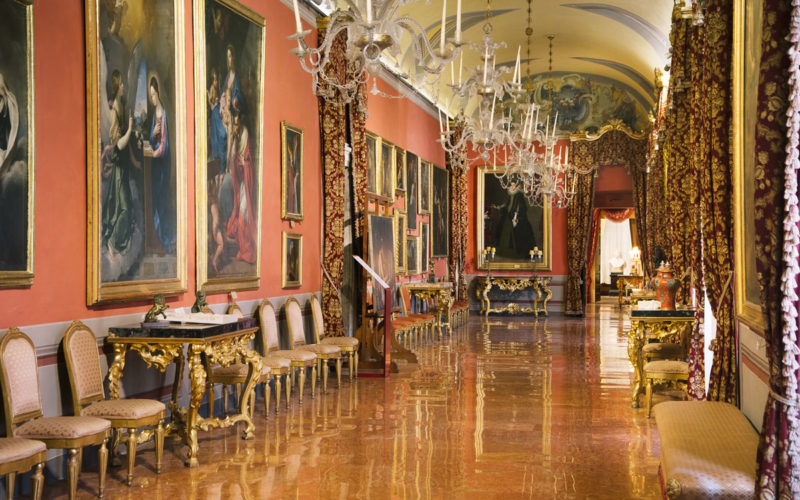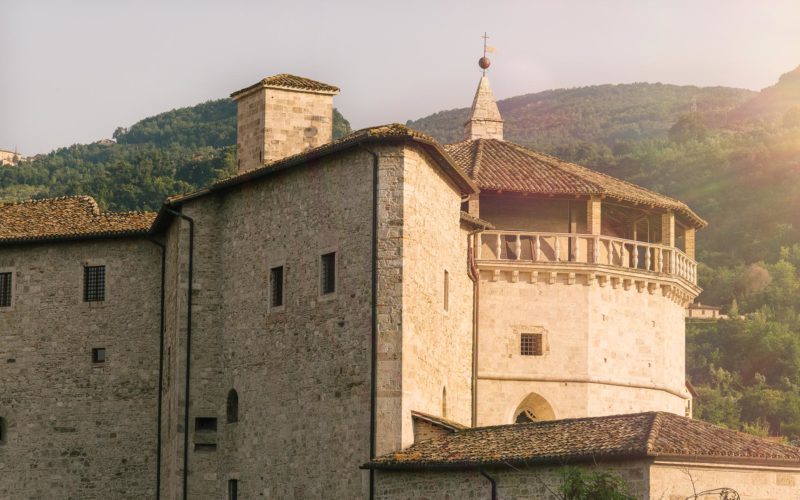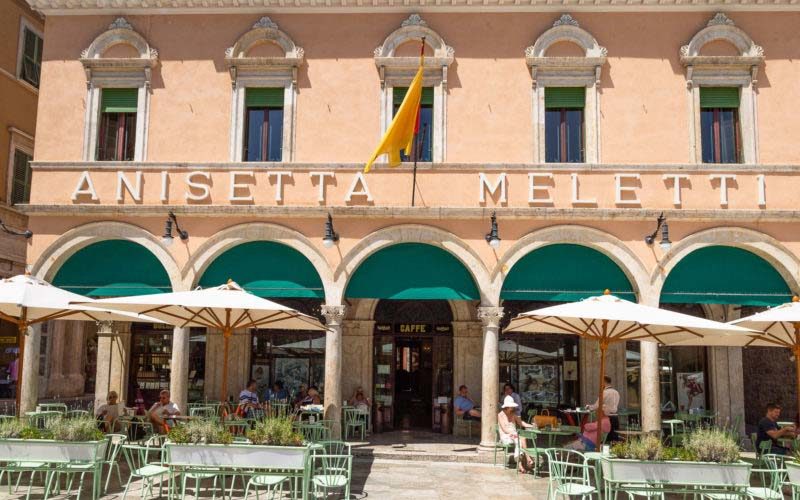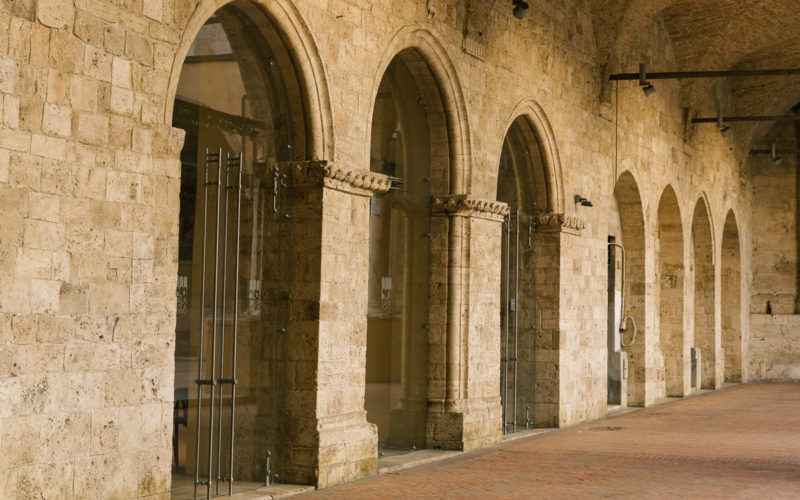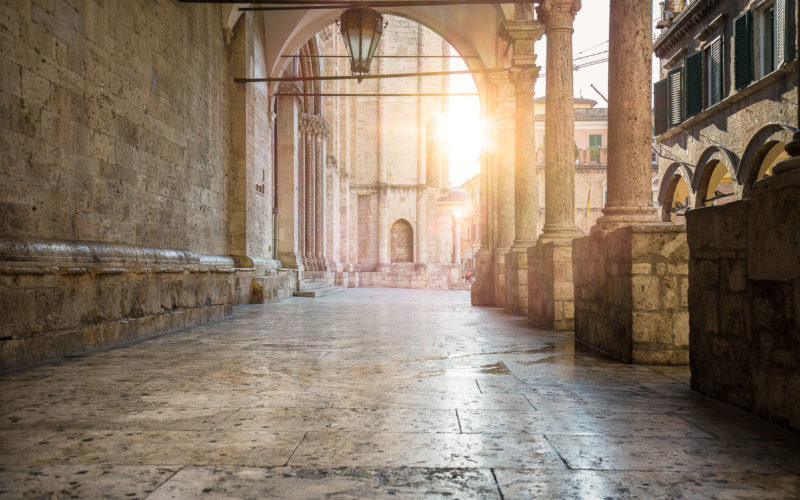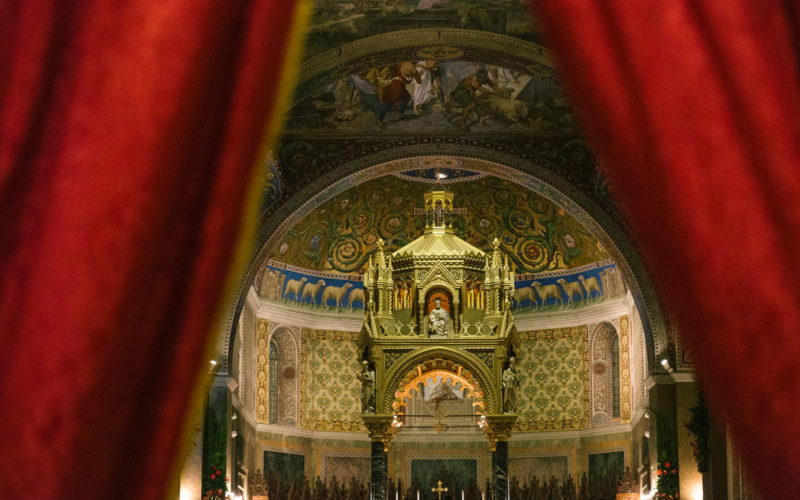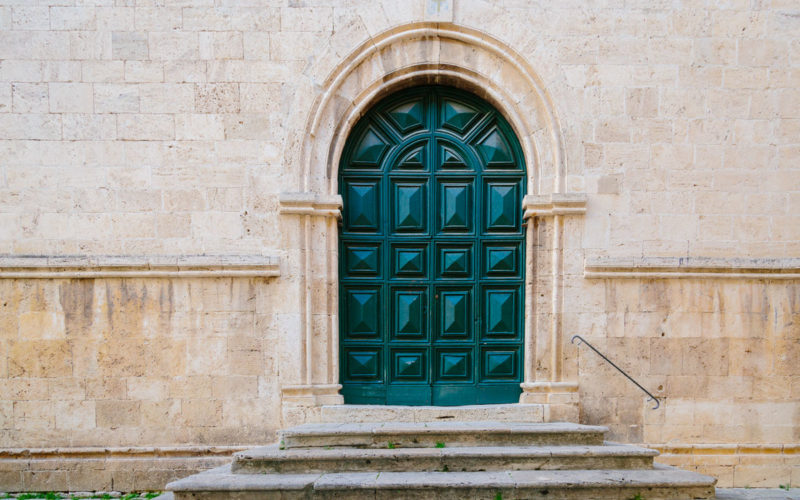From wherever you look at it, the historic center of Ascoli Piceno exudes historical stratifications since the Roman age. Palazzo dei Capitani is a classic example of this specific and unique heritage.
Such a beautiful square has often suggested the idea that The forum, the monumental center of the ancient city, could be hidden a few meters below the floor on which we walk today. But a few centuries ago this square did not exist; in its place houses, narrow alleys, shops, markets, and the ordinary and intense life of Ascoli during the Middle Ages.
Then finally the opening of a public space, the lower parterre, followed by the further clearing of the other buildings, the facades and arcades’ harmonization, the adjustments of the perspectives, and the creation of a real jewel, beautiful even in its name: Piazza del Popolo square (The People’s Square!).
So let’s try to spot the nearby forum, perhaps under the foundations of the main civil buildingoverlooking the square: the Palazzo dei Capitani del Popolo, still recalling the splendors of the glorious Medieval communes age.Ok, maybe we are there! The Forum should be somewhere under here! Let’s dig without stopping, the deeper we go the more we go back in time. The archaeological findsare many: ancient floors, walls, and ceramic. Finally, we reached the levels built and lived by people who existed more than 2000 years ago, right in the middle of the Roman Age.
After that hard dig, it is time to put the information together, study, and come to conclusions. Something is not right. Where are the columns, arcades, temples, monuments, and buildings that should be in the Forum? No, the Forum is not here.
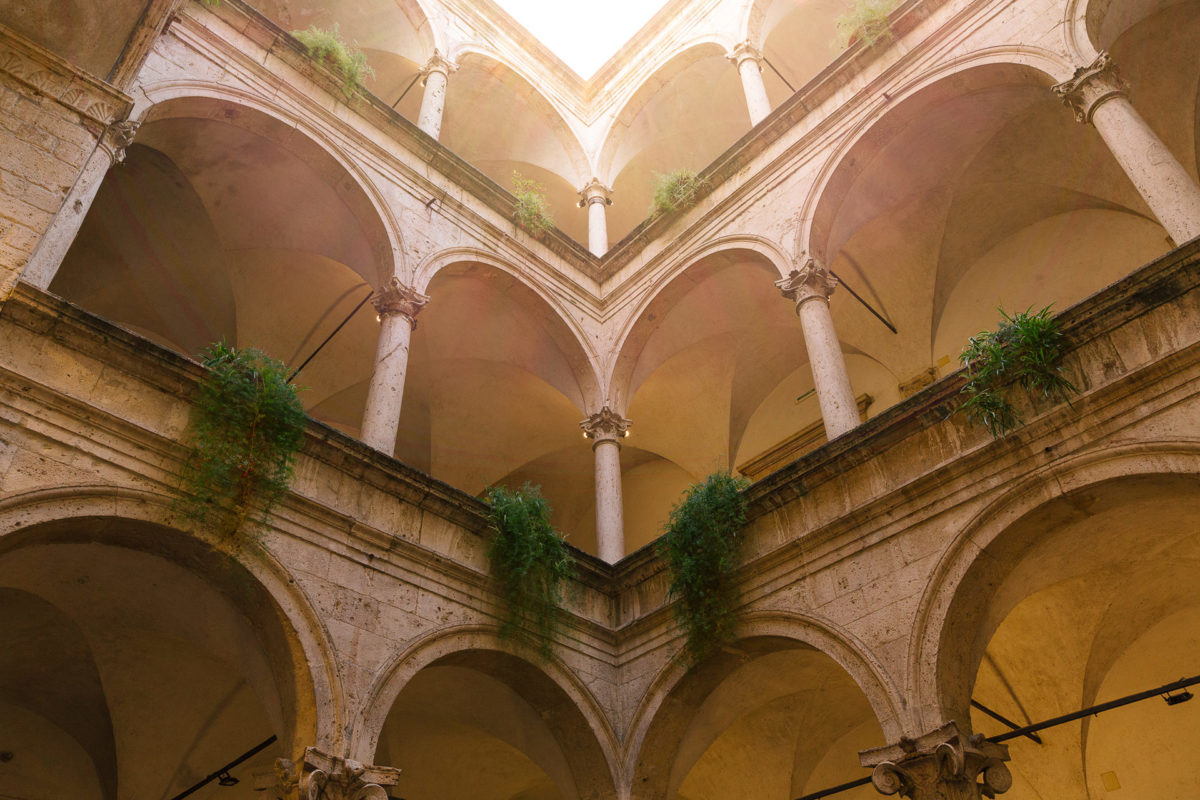
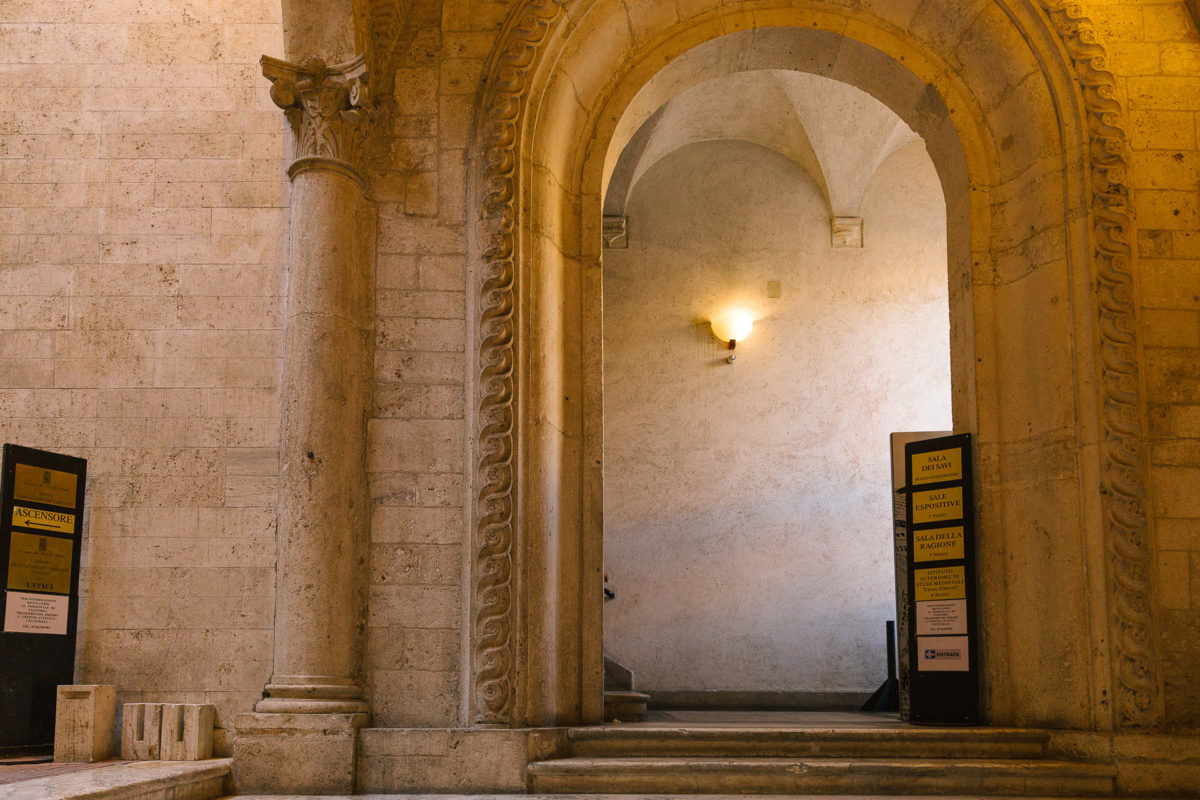
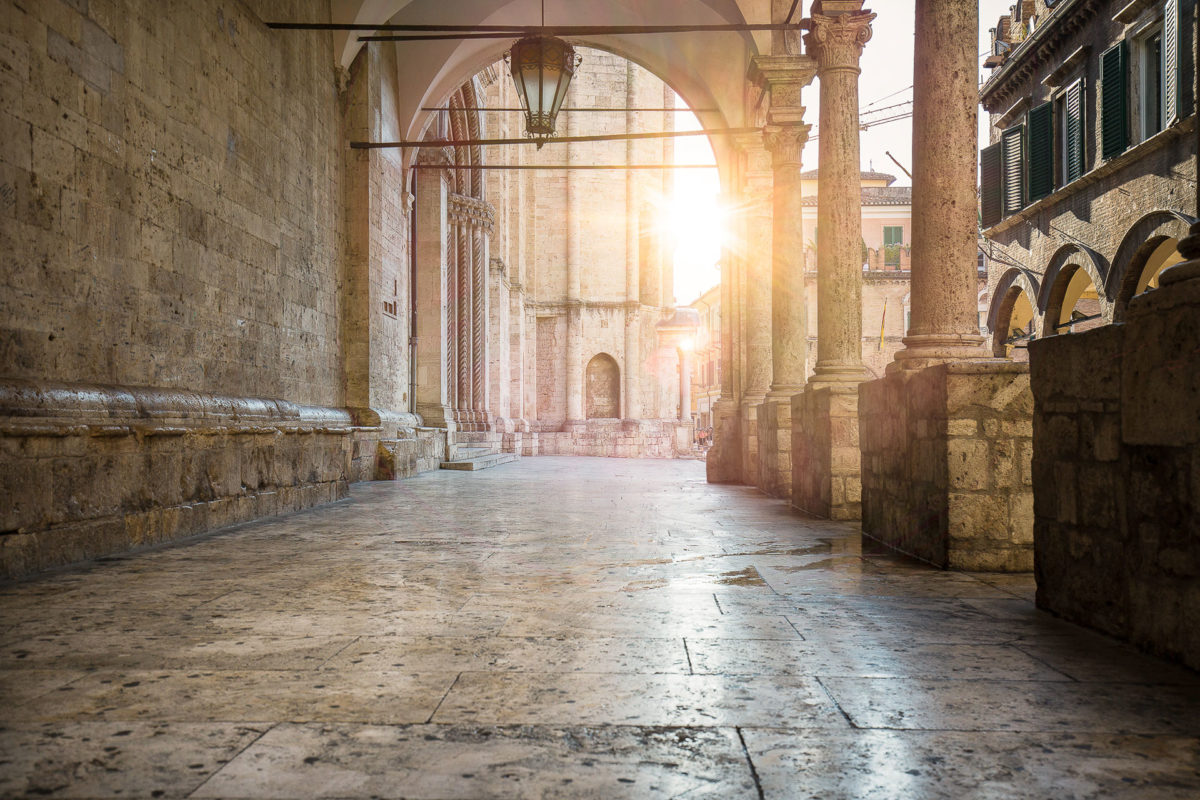
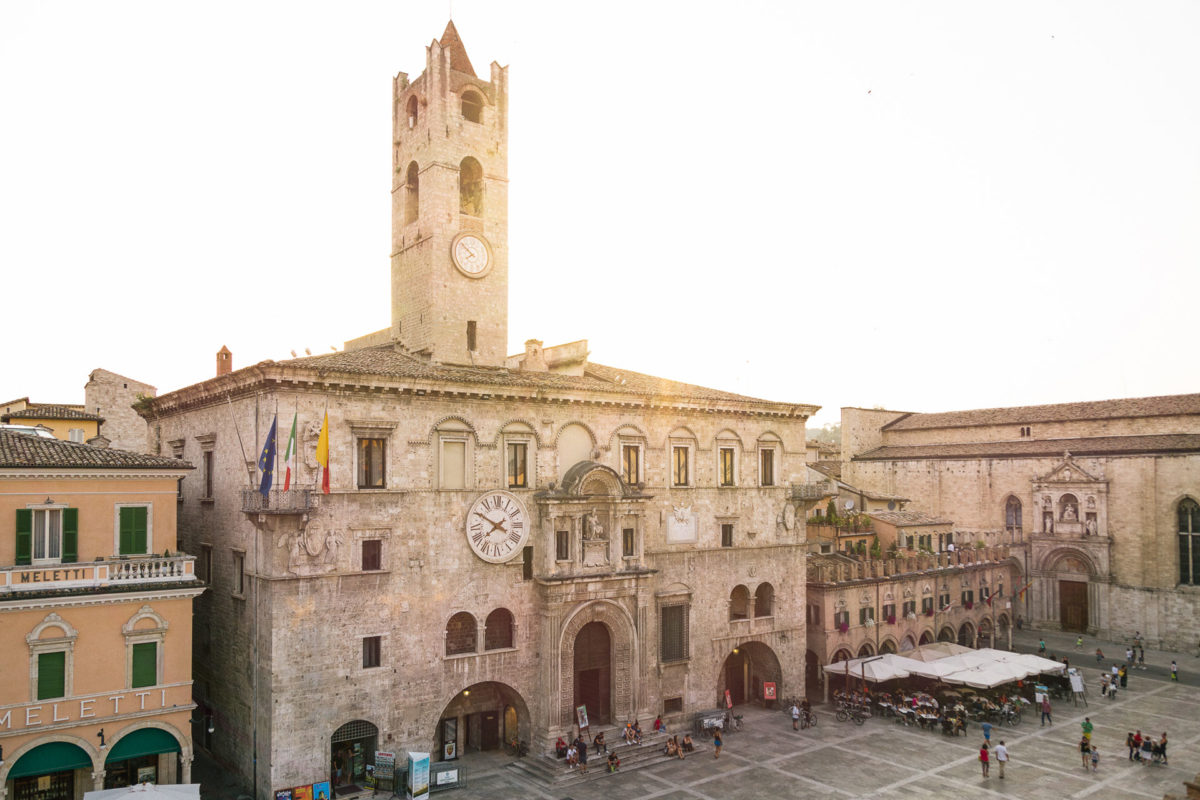
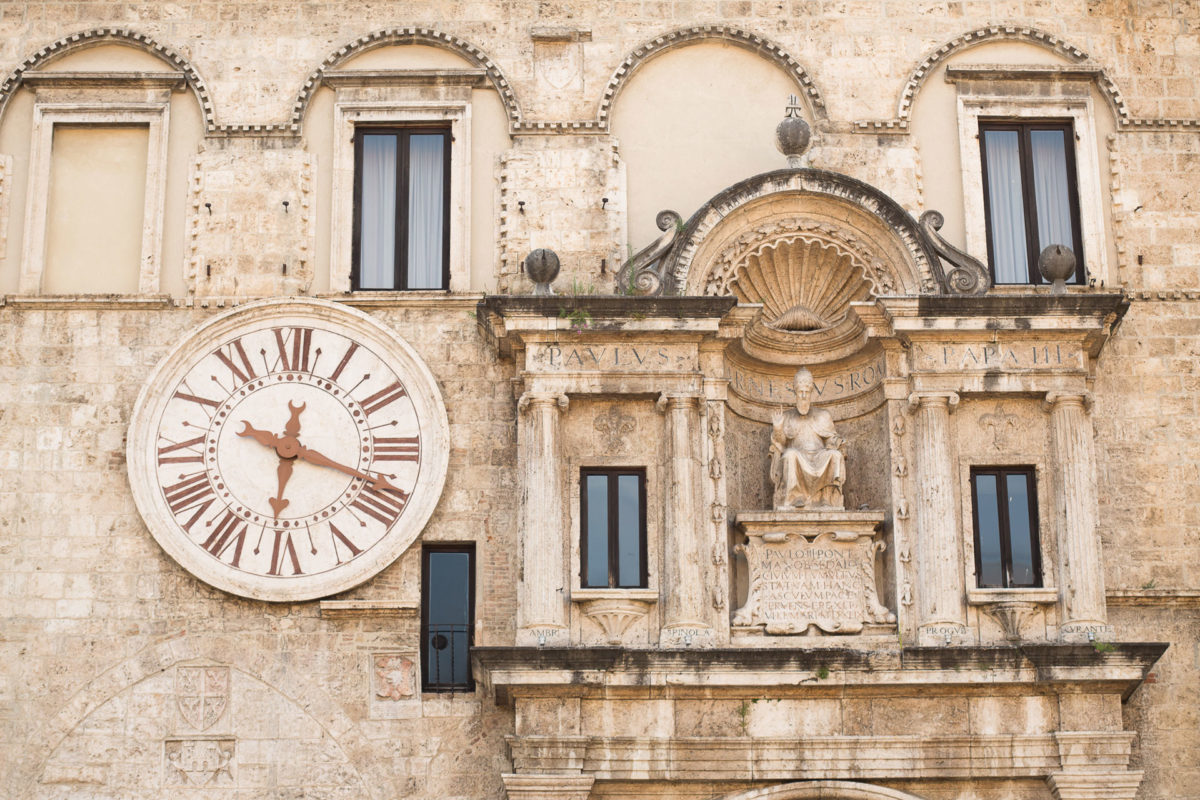
So, what is under here? There is something beautiful and unexpected, a glimpse of the Roman times city life.
Several floors overlap each other, proving the construction fervor and significant changes that occurred from the late Republican age of the 1st century B.C. up to the full imperial age of the 1st century. A.C. It is proof that mutability is a common trait in all Ages.
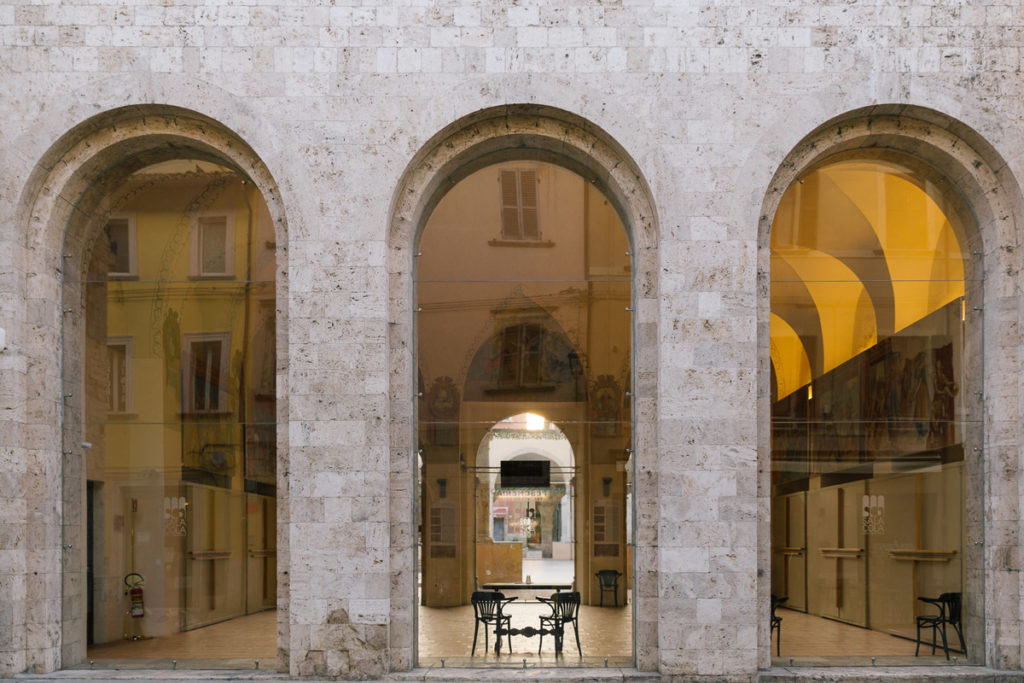
In the Roman Imperial period, a large herringbone pattern was built over the older floors. Maybe it was a wide shopping district, perhaps a “macellum” (today’s butchery), or an indoor market. In our minds, we do not see the cold solemnity of the forum, but a glimpse of the liveliness of trade and daily life of a world nearly 2000 years far.
Then the Middle Ages comes, with new buildings that break, split, reuse the Roman ones, and change what they find, adapting all to new needs. All goes on up to the 1200s when the first structure of the Palazzo dei Capitani was built, which has also suffered numerous changes, like the 1520 remake by Cola dell’Amatrice.
And suddenly, in less than a moment, is today again.
